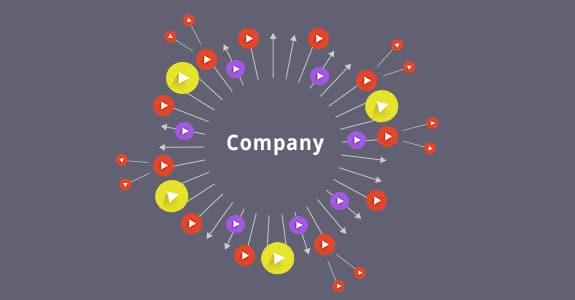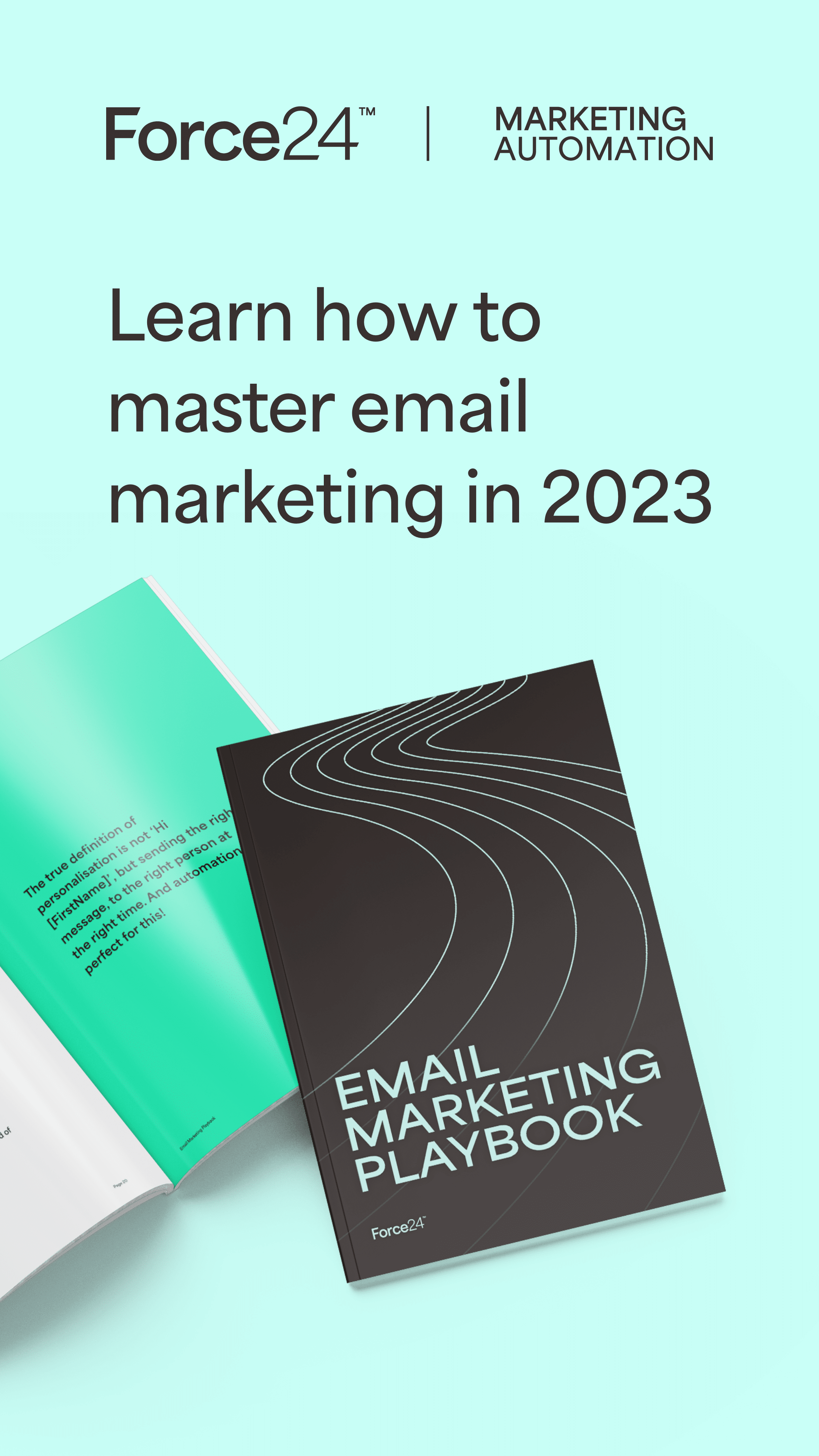This is a guest post provided by our Gold Sponsor, Force24
You’re probably sleeping on your biggest lead converter… your workforce!
Or as we like to call it, employee advocacy.
You only need to ask LinkedIn to understand the power of an amplified workforce. According to their network activity analysis, the click-through rates (CTRs) of employee posts alone are double that of company posts. In fact, leads sourced by employee social media marketing convert at seven times the rate of other leads – imagine that! This disparity in content engagement between employee and company is largely down to two core factors: reach and trust.
So cast your net wider.
LinkedIn reported that the average employee has approximately ten times more connections than their employer. Altimeter echoed this sentiment, reporting that employee-shared content receives eight times the engagement of company posts. And despite only 3% of employees sharing content about their company, those shares alone are responsible for driving a 30% increase in total content engagement. There lies an untapped goldmine in that remaining 97% of employees who are yet to share company content.
This reach also inspires action and builds brand awareness. As discovered by LinkedIn, for every six pieces of content shared by an employee, your company page gains three views and one new follower. In the recruitment industry, that connection ratio between employer and employee is even more distinct. And while LinkedIn is not a new source of outreach in the world of recruiting, what good is that if your consultants aren’t shouting about your brand?
And when they shout, your audience will take their word for it.
Not only do your employees have a wider reach, they’re also a lot more trustworthy. According to the Edelman Trust Barometer, 53% of consumers view employees as more credible than companies. LinkedIn’s own findings support this, stating that posts shared by colleagues are considered three times more authentic than company posts.
A reminder though, when it comes to employee posting, you can’t just rely on the big dogs. While company CEOs are often active and influential on social media, people are three times more likely to trust company information shared by an employee who isn’t a CEO. Executives in your organisation should absolutely be emerging as thought leaders, but not in place of the rest of your workforce.
So, what’s in it for your employees?
Well for starters, salespeople who regularly share company content are 45% more likely to exceed quota.
Investing in tech which alleviates the pain of content-creation for your workforce and gives them the time back to invest in the things that propel personal and company growth. Making it easy for employees to share content is the most effective way of naturally extending your content reach and engagement. And it pays off! LinkedIn reported that 86% of employees in a formal employee advocacy programme said it has had a positive impact on their own careers. What’s in it for your employees you ask? Well, an awful lot.
And now for the ripple effect of talent attraction.
Employee advocacy is an exercise in establishing a strong professional reputation. Sharing quality content helps to build visibility and know-how, all the while expanding your network and opportunities by proxy.
It is as much a method of talent attraction as it is new business attraction. According to LinkedIn’s same report, companies with socially engaged employees are 58% more likely to attract top talent and 20% more likely to retain that talent. It can also cut hiring costs in half. Even if this isn’t your primary business focus, the associative impact will only accelerate your future recruitment process and business growth.
Implementation and participation.
If all of this isn’t reason enough for your team to get behind employee advocacy, then gamification is a great next step. Healthy competition can be used to encourage participation, set challenges and recognise achievements. It also instils accountability within your team. With tech removing the effort of content creation, you can in turn remove the barrier to social success. You will also be armed with all the analytics needed to identify your greatest advocates, monitor statistics and encourage team members to share more content! This can contribute to a fantastic company culture.
Just in case it hasn’t clicked yet…
Employee advocacy’s benefits are innumerate and diverse. Establishing a considered strategy with technology to assist helps you to:
- Increase engagement: The average employee has ten times more connections than their employer and eight times the engagement rate!
- Inspire action and conversion: Employee posts have double the CTR of company posts and seven times the conversion rate of any other lead source!
- Establish trust: 53% of consumers view employees as more credible than companies and are three times more likely to trust information shared by employees over CEOs.
- Build brand awareness: For every six pieces of content shared by an employee, your company page gains three views and one new follower.
- Hit and exceed targets: Salespeople who regularly share company content are 45% more likely to exceed quota.
- Boost career growth: 86% of employees in a formal employee advocacy programme agreed it has had a positive impact on their own careers.
- Attract top talent: Companies with socially engaged employees are 58% more likely to attract top talent.
- Improve company culture: Organisations implementing employee advocacy see better alignment in their business vision, mission and purpose.
This is a guest post provided by our Gold Sponsor, Force24. Visit any of the upcoming marketingSHOWCASE events to meet the team behind Force24 and learn all about employee advocacy and marketing automation.

